The Hanen Book Nook
Welcome to the Hanen Book Nook! We're excited to share some of our favourite children’s books and talk about ways you can use them with young children to promote their emergent literacy skills. Every month, we take a fun children’s book off our shelf and talk about some simple ways you can use it to build the critical foundations of learning to read and write.
We hope you enjoy it!
 |
This Month's Featured Topic:
|
- What are emergent literacy skills?
-
Emergent literacy skills refer to everything children need to know before they can learn to be successful readers and writers. Studies have shown that children who start school with higher levels of these skills have greater academic success.
Emergent literacy skills include:
- Vocabulary – How many words a child understands is one of the most important factors in learning to read. The more words a child knows, the easier it is for her to learn new words and to gain meaning from the stories she reads.
- Story comprehension – Experience listening to and understanding stories will eventually make it easier for a child to read and write stories on her own.
- Print knowledge – Before a child can read and write, she must understand how print works. For example, she’ll need to know that print is made up of letters of the alphabet, that letters combine to make words and that print is read from left to right.
- Sound awareness – To be prepared to read, children must understand that words can be broken down into syllables and smaller sounds, and that letters correspond to certain sounds.
Many emergent literacy skills can be picked up during book reading, but the way you share books with children can make a big difference to how much they learn about literacy. I’ll be sharing helpful tips and strategies for how you can tweak the way you share books with children so that you can best support their early literacy development.
- Reading with, not to, your child
-
|
To make sure your child is getting the most out of book reading, it has to be an enjoyable activity, where he or she is actively engaged. Rather than reading the book from start to finish while the child sits and listens, saying very little, reading with your child means turning book reading into a conversation.
To read with your child, pause during the reading to ask questions and make comments. This will give your child the opportunity to answer questions and share his or her own thoughts and feelings on what’s happening in the story.
As a child engages in a conversation, she can draw on her knowledge and experience to make new connections, form new knowledge and build language skills. The better her conversational skills now, the easier it will be for her to understand what she reads later on.
For tips on making book reading interactive for young children, see “Creating Conversation with Good Night, Gorilla”.
|
Creating Conversation
Chosen Book:
Good Night, Gorilla
by Peggy Rathmann
|
|
- Where the ideas come from
-
The strategies we share in the Book Nook are from our two research-based guidebooks on building emergent literacy:
ABC and Beyond™ – For building early literacy in the classroom 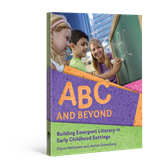
This guidebook offers educators practical strategies to make the most of everyday conversations and shared book reading to help all children in the classroom build a solid foundation of early literacy skills.
Learn more Purchase
I’m Ready™ – For building emergent literacy in the home 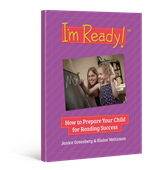
This guidebook helps parents turn book reading and everyday activities into opportunities to build the critical early literacy skills that prepare their child for school success.
Learn more Purchase
- Repeat, repeat, repeat!
-
Many of my entries in the Book Nook involve reading the book more than once. This is because practice makes progress! The more you read a book, the deeper you can delve into its meaning. Furthermore, children learn through repetition and usually enjoy reviewing books they already know. Try reading the same book 3-5 times over the span of a week or two.
- How we hope you'll benefit from the Book Nook
-
There are so many books to choose from, and many possible emergent literacy skills to focus on. Where do we start? Sometimes the amount of choice can be overwhelming. By providing concrete examples of how we use some of our favourite books to support emergent literacy, we hope to inspire you to do the same, whether you are reading with children in a classroom or at your kitchen table!
Past topics

Building Letter-Sound Awareness
Chosen Book:
ABC Roar
By Chieu Anh Urban

Waiting
Chosen Book:
The Three Little Superpigs
By Claire Evans

Problem Solving
Chosen Book:
Stuck
By Oliver Jeffers
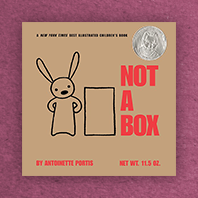
Turn Book Reading into a Conversation
Chosen Book:
Not a Box
By Antoinette Portis
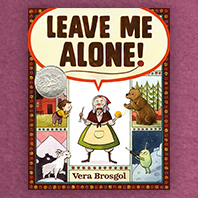
Relating to Children’s Experiences
Chosen Book:
Leave Me Alone!
by Vera Brosgol
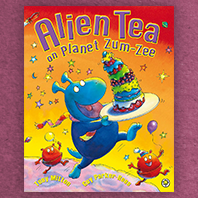
Building Phonological Awareness
Chosen Book:
Alien Tea
by Tony Mitton and Guy Parker-Rees
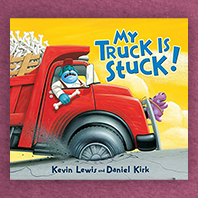
Building Print Knowledge
Chosen Book:
My Truck Is Stuck
by Kevin Lewis and Daniel Kirk
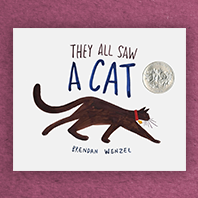
Building Perspective-taking Skills
Chosen Book:
They All Saw a Cat
by Brendan Wenzel
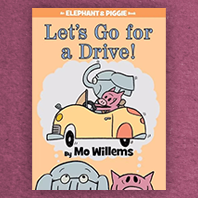
Making Predictions
Chosen Book:
Let’s Go for a Drive
by Mo Willems
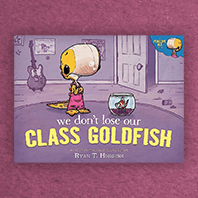
Building Story Comprehension
Chosen Book:
We Don’t Lose Our Class Goldfish
by By Ryan T. Higgins
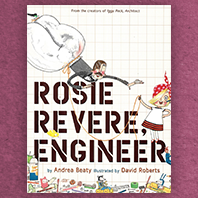
Building Vocabulary
Chosen Book:
Rosie Revere, Engineer
Written by Andrea Beaty Illustrated by David Roberts
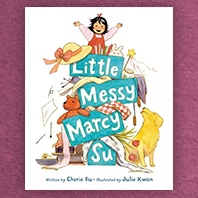
Turn Book Reading into a Conversation
Chosen Book:
Little Messy Marcy Su
by Cherie Fu and Julie Kwon
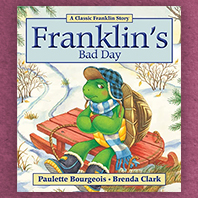
Building Sound Awareness
Chosen Book:
Franklin’s Bad Day
by Paulette Bourgeois
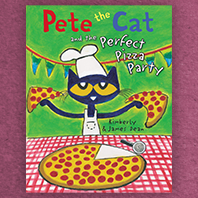
Building Sound Awareness
Chosen Book:
Pete the Cat and the Perfect Pizza Party
by Kimberly and James Dean
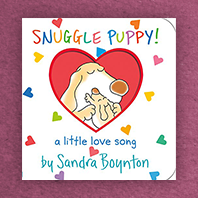
Building Print Knowledge
Chosen Book:
Snuggle Puppy!
by Sandra Boynton
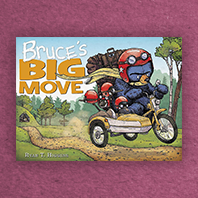
Explaining
Chosen Book:
Bruce's Big Move
by Ryan T. Higgins
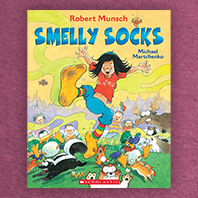
Problem Solving
Chosen Book:
Smelly Socks
by Robert Munsch
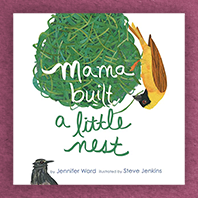
Introducing Rare Vocabulary
Chosen Book:
Mama Built a Little Nest
by Jennifer Ward
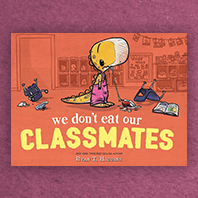
Developing Story Comprehension
Chosen Book:
We Don’t Eat Our Classmates
by Ryan T. Higgins
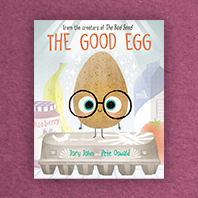
Evaluating the Story
Chosen Book:
The Good Egg
by Jory John
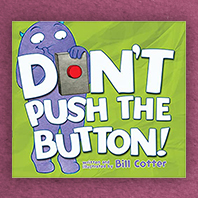
Turning Book Reading into a Conversation
Chosen Book:
Don't Push The Button!
by Bill Cotter
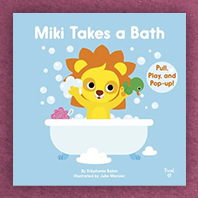
Building Early Vocabulary
Chosen Book:
Miki Takes a Bath
by Stéphanie Babin, Illustrated by Julie Mercier
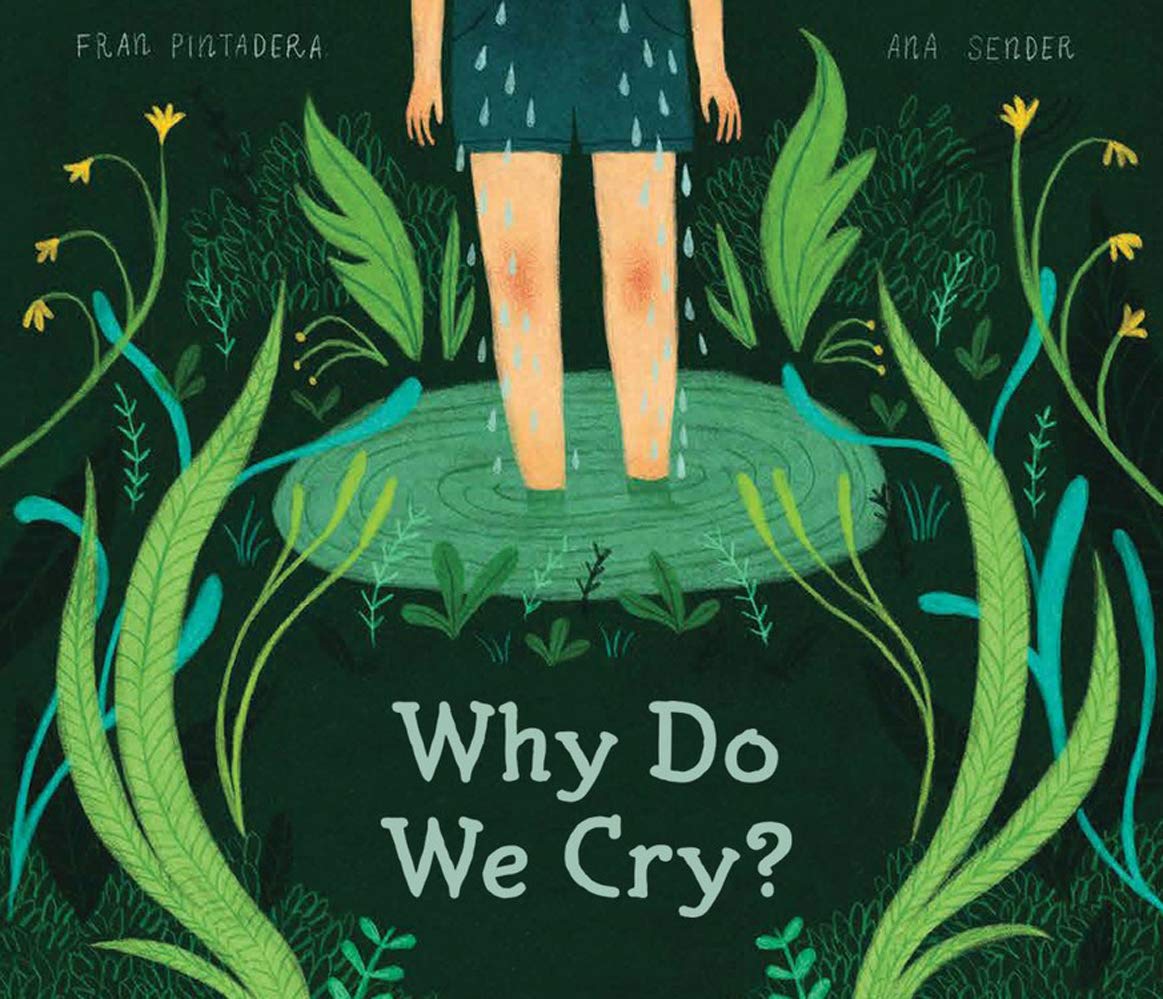
Relating to Children's Experiences
Chosen Book:
Why Do We Cry?
by Fran Pintadera and Ana Sender
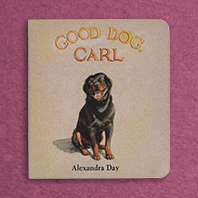
Building Interaction in Children on the Autism Spectrum
Chosen Book:
Good Dog, Carl
by Alexandra Day
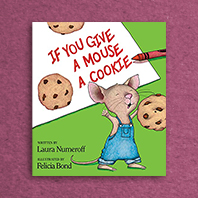
Explaining Why Things Happen
Chosen Book:
If You Give a Mouse a Cookie
by Laura Joffe Numeroff
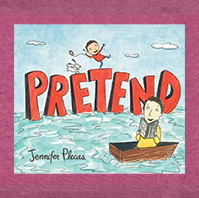
Incorporating Pretend
Chosen Book:
Pretend
by Jennifer Plecas
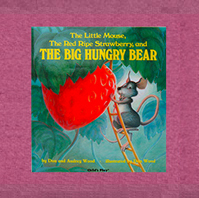
Sound Awareness
Chosen Book:
The Little Mouse, The Red Ripe Strawberry, and The Big Hungry Bear
by Don Wood
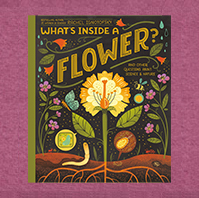
Introducing Rare Vocabulary
Chosen Book:
What's Inside a Flower?
by Rachel Ignotofsky
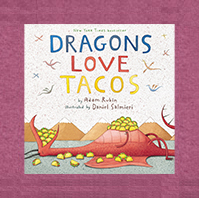
Building Print Knowledge
Chosen Book:
Dragons Love Tacos
by Adam Rubin
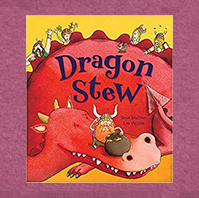
Predicting
Chosen Book:
Dragon Stew
by Steve Smallman and Lee Wildish
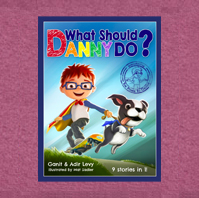
Problem-solving
Chosen Book:
What Should Danny Do?
by Ganit and Adir Levy
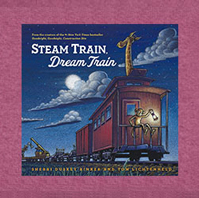
Building Vocabulary
Chosen Book:
Steam Train, Dream Train
by Sherri Duskey Rinker, Illustrated by Tom Lichtenheld
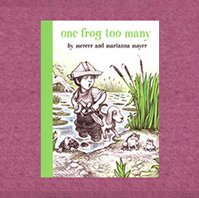
Building Perspective-taking Skills in Children on the Autism Spectrum
Chosen Book:
One Frog Too Many
by Mercer and Marianna Mayer
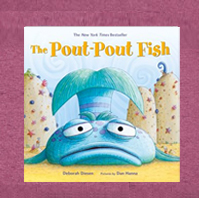
Turning Book Reading into a Conversation
Chosen Book:
The Pout-Pout Fish
by Deborah Diesen, illustrated by Dan Hanna
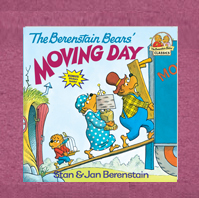
Relating to Your Child's Experiences
Chosen Book:
The Berenstain Bears' Moving Day
by Stan and Jan Berenstain
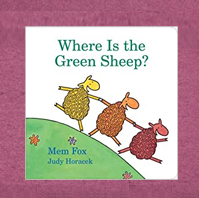
Building Sound Awareness
Chosen Book:
Where is the Green Sheep?
by Judy Horacek
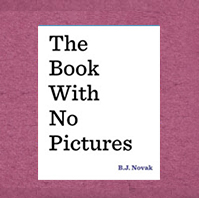
Building Print Knowledge
Chosen Book:
The Book with No Pictures
by B.J Novak
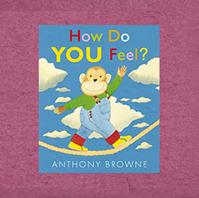
Building Abstract Vocabulary
Chosen Book:
How Do You Feel?
by Anthony Browne
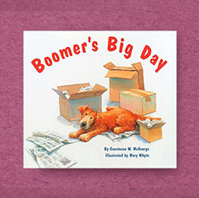
Making Predictions
Chosen Book:
Boomer's Big Day
by Constance W McGeorge
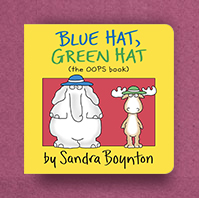
Turning Book Reading into a Conversation
Chosen Book:
Blue Hat, Green Hat
by Sandra Boynton
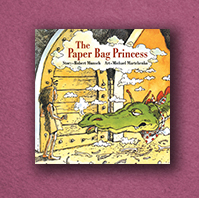
Developing Story Comprehension
Chosen Book:
The Paper Bag Princess
by Robert Munsch
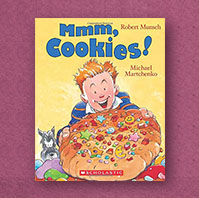
Explaining Why Things Happen
Chosen Book:
Mmm Cookies!
by Robert Munsch
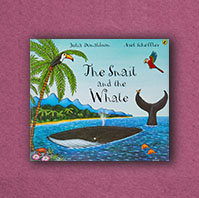
Building Sound Awareness
Chosen Book:
The Snail and the Whale
by Julia Donaldson
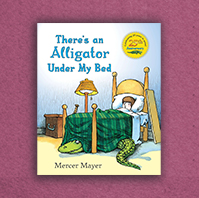
Incorporating Pretend
Chosen Book:
There's an Alligator Under My Bed
by Mercer Mayer
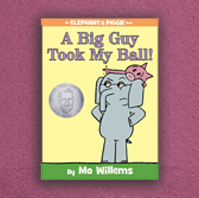
Building Print Knowledge
Chosen Book:
A Big Guy Took My Ball!
by Mo Willems
.aspx)
Creating Conversation
Chosen Book:
Alexander and the Terrible, Horrible, No Good, Very Bad Day
by Judith Viorst
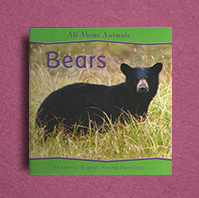
Introducing Rare Vocabulary
Chosen Book:
All About Animals: Bears
by Catherine Lukas
.aspx)
Learning Print Knowledge
Chosen Book:
Scaredy Squirrel
by Melanie Watt
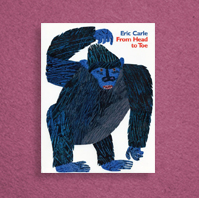
Early Vocabulary
Chosen Book:
From Head to Toe
by Eric Carle
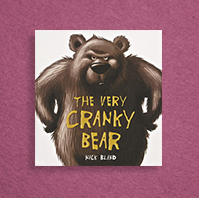
Problem-solving
Chosen Book:
The Very Cranky Bear
by Nick Bland
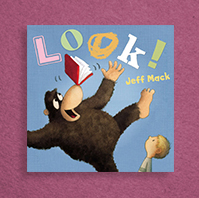
Turning Book Reading into a Conversation
Chosen Book:
Look!
by Jeff Mack
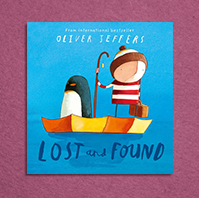
Explaining why things happen
Chosen Book:
Lost and Found
by Oliver Jeffers
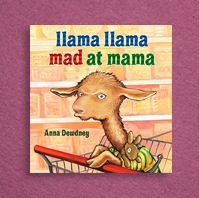
Building Sound Awareness
Chosen Book:
Llama, Llama, Mad at Mama
by Anna Dewdney
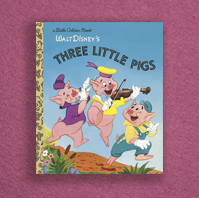
Understanding Story Structure
Chosen Book:
The Three Little Pigs
by Rh Disney
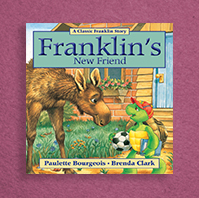
Relating to Your Child’s Experiences with Franklin’s New Friend
Chosen Book:
Franklin’s New Friend
By Paulette Bourgeois
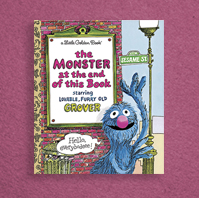
Building Print Knowledge
Chosen Book:
The Monster at the End of This Book
by Jon Stone and illustrated by Michael Smollin
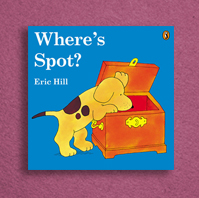
Building Early Vocabulary
Chosen Book:
Where’s Spot?
By Eric Hill
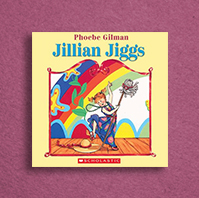
Building Sound Awareness
Chosen Book:
Jillian Jiggs
by Phoebe Gilman
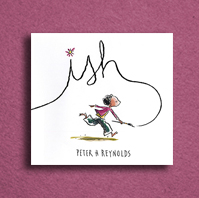
Building Story Comprehension
Chosen Book:
Ish
By Peter H. Reynolds
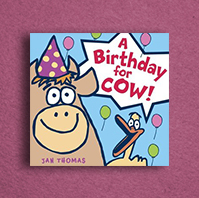
Building Perspective-taking Skills in Children with Autism
Chosen Book:
A Birthday for Cow
by Jan Thomas
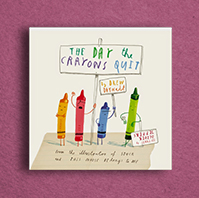
Building Problem Solving Skills
Chosen Book:
The Day the Crayons Quit
by Drew Daywalt and illustrated by Oliver Jeffers
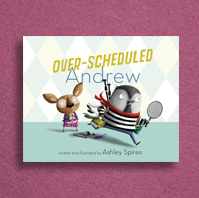
Building Print Knowledge
Chosen Book:
Over-Scheduled Andrew
written and illustrated by Ashley Spires
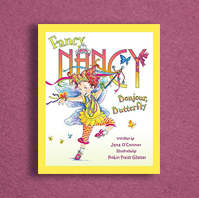
Building Vocabulary
Chosen Book:
Fancy Nancy: Bonjour, Butterfly
by Jane O’Connor, Illustrated by Robin Preiss Glasser
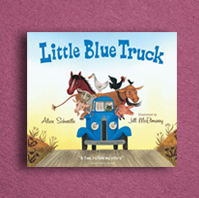
Building Sound Awareness
Chosen Book:
Little Blue Truck
by Alice Schertle, illustrated by Jill McElmurry
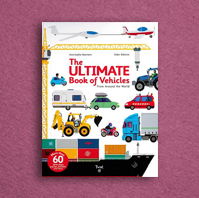
Books for Kids Who Don’t Like Books
Chosen Book:
The Ultimate Book of Vehicles
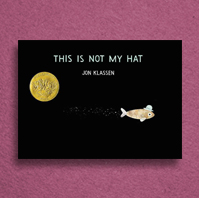
Predicting with This Is Not My Hat
Chosen Book:
This Is Not My Hat
by Jon Klassen
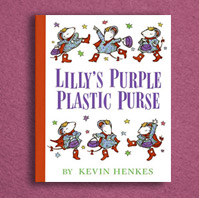
Putting it All Together
Chosen Book:
Lilly’s Purple Plastic Purse
by Kevin Henkes
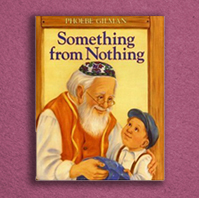
Developing Story Comprehension
Chosen Book:
Something from Nothing
by Phoebe Gilman
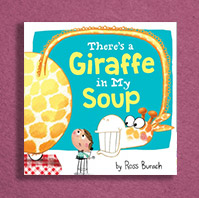
Building Your Child’s Print Knowledge
Chosen Book:
There’s a Giraffe in My Soup
by Ross Burach
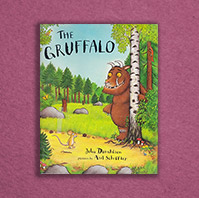
Helping your child understand why
things happen with The Gruffalo
Chosen Book:
The Gruffalo
Julia Donaldson
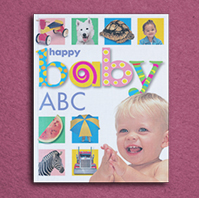
Building Letter-Sound Awareness
Chosen Book:
Happy Baby
by Sarah Kappely
Building Early Vocabulary
Chosen Book:
Dear Zoo
by Rod Campbell
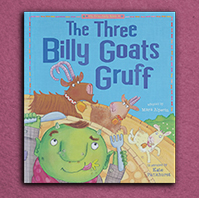
Building your child's print knowledge
Chosen Book:
The Three Billy Goats Gruff
by Mara Alperin
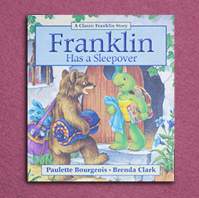
Relating Franklin Has a Sleepover to Your Child's Experiences
Chosen Book:
Franklin Has a Sleepover
by Paulette Bourgeois
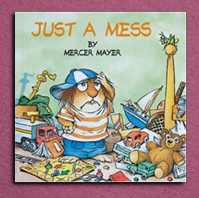
Developing Story Comprehension
Chosen Book:
Just a Mess
by Mercer Mayer
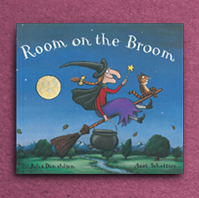
Building Sound Awareness
Chosen Book:
Room on the Broom
by Julia Donaldson
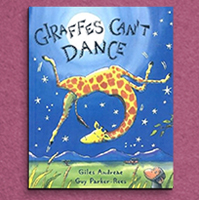
Building Vocabulary
Chosen Book:
Giraffes Can’t Dance
by Giles Andreae
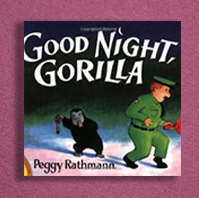
Creating Conversation
Chosen Book:
Good Night, Gorilla
by Peggy Rathmann
Sign up for the Hanen Newsletter and get the latest Book Nook posts sent right to your inbox!